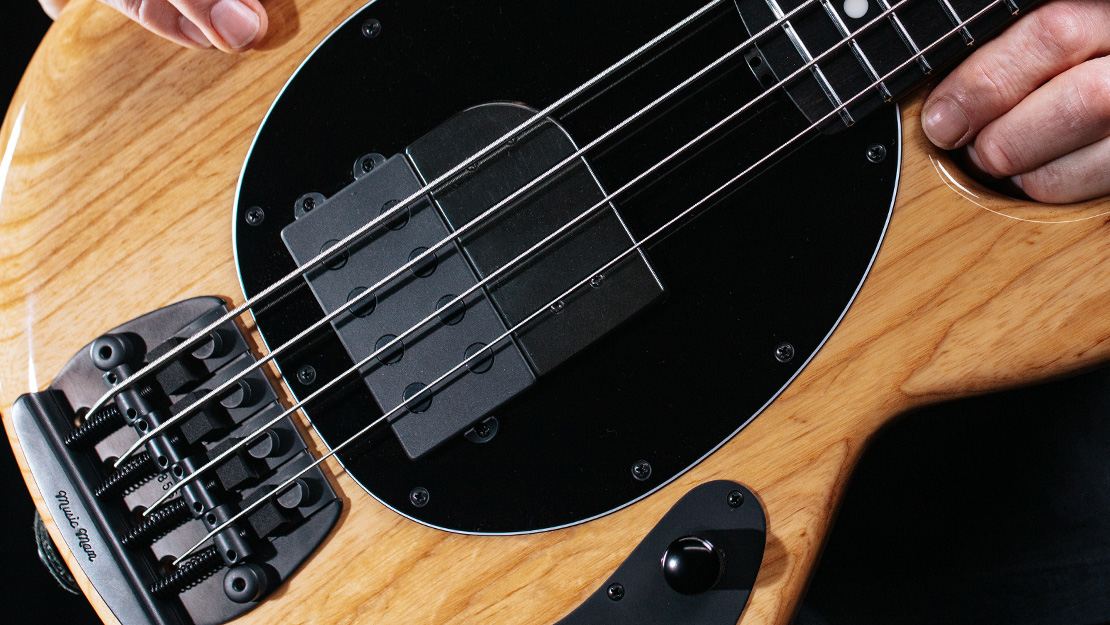Let’s admit that not all music theory is really needed in practice for a guitarist. If you, playing in a pop-rock or light metal band, are well versed in the compositional techniques of the new Viennese school or the features of Wagner’s orchestration, then this is very commendable.
But what does a guitarist really need to know in terms of popular music (pop, pop-rock, rock, metal, pop music)? I have highlighted my top 5 useful and functional points from music theory, so to speak “candidate minimum”.

1. Scales, modes of folk music, five-step modes.
Since, one way or another, all riffs, solo losses, so-called fills, high-speed passages, etc., that is, everything that music actually consists of, includes either whole modes, scales, etc. etc., or parts thereof.
By learning their theory you will be able to understand:
- what is the difference between one style and another in terms of the predominant scales used in it;
- what is the difference between one musician and another, what creates his uniqueness, dissimilarity, or vice versa, makes him related to other representatives of his musical direction;
- You will be able to distinguish the sounds of different peoples of the world. Since even the so-called ethnic modes are well known – the Hutsul mode, the blues (African-American) mode, the characteristic oriental or Spanish modes. For example, guitarist Marty Friedman likes to use various Japanese modes in his playing, composition and improvisation, which creates his recognizable, easily distinguishable style;
- you will be able to be more conscious about writing your own material, choosing a scale that would correspond to your intention, and would not be just known and well-learned “dots on the fretboard” of the guitar.
2. The structure of chords and their circulation.
Composition and practical application on the guitar. It is a very powerful tool for mindful playing and improvisation while playing. I think that the very candidate minimum, which I mentioned above, will be knowledge of chords up to seventh chords of all main types – large major, small major, large minor, small minor, semidiminished, diminished. The development of this skill can be carried out initially mentally, that is, simply memorizing strictly those sounds that are included in a particular chord built from any sound of the chromatic scale. The development of such a plan can be done without a tool – walking down the street, doing sports, during a lunch break at work, etc. Ideally, you should, what is called by heart, be able to name the structure of any chord from any sound of the chromatic scale. Further, of course, you need to “listen” to all this on the instrument. In principle, the phonism of a chord, its sound, you can feel and play it on another instrument. Let’s say on the keyboard. Or by typing it in any computer sequencer. But for practical application in playing or creating music on the guitar, you will need to play all these theoretical constructions on your instrument. This is a very exciting activity, which, firstly, will allow you to take a different look at your instrument, and secondly, it will greatly develop your harmonic and melodic ear.
3. Rhythm. As the musician’s Bible says, “In the beginning was rhythm.”
This is a very broad topic, but at the same time it has a strict approach in professional music; it can be formulated as follows: in the musical fabric of a work, any note has its own duration in conventional metric units. That is, any note is taken at the right time and the amount of time needed by the author or performer sounds. There are many methods for learning rhythm. It will be good enough for a guitarist to master two basic ripples – even, based on sixteenths or even eighths, and the so-called shuffle – a ripple based on a triplet with a missed middle sound.

Having well pumped all the options for various combinations of rhythmic patterns in these two pulsations, the guitarist will feel confident when playing, composing or improvising. It is worth saying that the so-called spontaneous improvisations should also consist of very understandable and well-practiced rhythmic structures. Therefore, rhythm is certainly an important basic skill in music theory. It is also worth saying that without a basic knowledge of rhythm, a guitarist will face difficulties in studio work, the sound of an individual musician and the band as a whole, and so on.
4. Form.
Here it is worth saying that for the performance of music, and even more so for creating it, it is very important to navigate the structure of a musical work. Here again it is worth saying that there is no limit to perfection, and if you confidently distinguish a simple three-part form from a complex one or from a three-five-part one (there is such a J), then this is very cool. But the most important thing is that you have a good understanding of the structure and form of the music that you play or listen to. And of course, in view of the prevalence and mass nature of the song form in popular music, you need to distinguish between a bridge and a pre-chorus or an intro from a sing-along. Therefore, carefully study the professional scores of the music you play. Usually in good music booklets sections of the form with the names of the parts appear.
5. Intervals.
This should probably have been mentioned before the section on chords. Although the intervals have an independent meaning and, in principle, appeared before the appearance of triad harmony. Strictly speaking, early baroque music did not yet have a pronounced tri-sound character, but was based more on intervals. Many popular riffs or textures of rock or popular music are built on intervals – thirds, sessts, nones, fifths, fourths, decims, etc.
So, intervals need to be studied in the same way as triads. First theoretically, then on an instrument, then play their inversions. You can limit yourself to intervals within two octaves. Knowing the intervals on the guitar, as well as their conscious use in the game, will allow you to sound much more interesting, diversify and decorate your playing, make it characteristic, individual and more colorful.
It is advisable to sing all the theoretical aspects that you master in your head or with the help of an instrument. Any neutral syllable can be used to sing out loud, say “Ta” or “Tu”. Sing intervals, chords and their inversions, modes and scales, rhythmic patterns with and without a metronome. If you find it difficult to independently navigate the issues of form or other aspects listed in this article, then consult an experienced teacher, musician or musicologist. Then the whole theory will come to life in your head in the form of certain sound images, associations, colors, etc. And don’t be afraid of the complicated or artsy words of music theory.
Good luck! And don’t forget to practice! Not a single theory!!!
